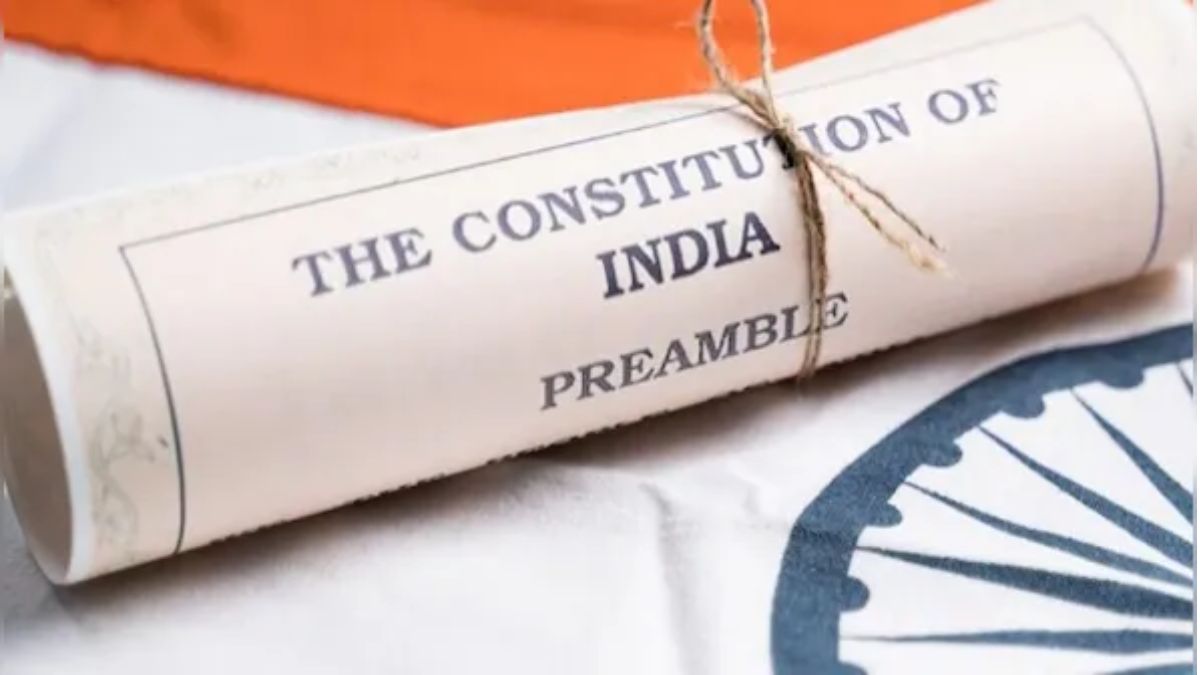As India is all set to celebrate its 79th Independence Day on August 15, the Firstpost explores the historical context of how the British Government of India Act, 1935, also known as the Government of India Act of 1935, paved the way to adopt the federal structure during the drafting of the Constitution for an independent India.
The Government of India Act, 1935
The Government of India Act, 1935, was a significant milestone in the evolution of India’s constitutional and federal framework. This act was passed by the UK Parliament for India and introduced the concept of the federal structure by dividing powers between the Centre and the provinces. It also provisioned a powerful Centre with control over key areas such as defence, foreign affairs and communications.
Though a product of colonial rule, the Government of India Act 1935 was a step forward in India’s constitutional development. The Indian Constitution adopted after independence, built upon the foundations laid by the Act but made significant improvements to create a democratic, federal, and sovereign republic.
In a way the 1935 Act provided a blueprint for India’s federal structure.
Key features of the 1935 Act
Provincial Autonomy: The Act granted greater autonomy to the provinces by creating a dual governance system, separating powers between the central and provincial governments.
Federal Structure: It proposed a federal structure with provinces and princely states as units, although the federal part was never fully implemented because the princely states did not join the federation.
Bicameral Legislature: The Act also provisioned a bicameral federal legislature, consisting of the Federal Assembly (lower house) and the Council of States (upper house).
The Constituent Assembly of India drafted the Constitution after independence, which came into effect on January 26, 1950. The Constitution established India as a sovereign, socialist, secular, democratic republic with a federal structure. The concept of federalism was adopted to promote unity in diversity by granting relevant powers to the states.
Impact Shorts
More ShortsFeatures of India’s federal structure
Division of powers between the Union and the States through three lists in the Seventh Schedule:
Union List: Subjects under the jurisdiction of the Central Government such as defence, foreign affairs, and atomic energy.
State List: Subjects under the jurisdiction of state governments such as police, public health and agriculture.
Concurrent List: Subjects under both the Union and State Governments such as education, marriage, and bankruptcy.
Independent Judiciary: The judiciary interprets the Constitution to maintain the federal balance by resolving disputes between the Union and the States. There is no provision for a separate judiciary at the centre and the state levels.
Strong Centre: While India is a federation, it has a strong central government. The central government has the power to legislate on matters listed under the union list. The parliament can also make laws on subjects in the State list.
Emergency Provisions: The Constitution provides for emergency provisions under which the central government can assume greater powers. When an emergency is imposed in the country or state, the centre has total control over the states for example President’s rule under Article 356.
Office of the Governor
The Act established the office of the Governor in provinces, representing the British Viceroy.
India’s Constitution retained the office of Governor but with significantly reduced powers and as a nominal head of the state.
Public service commissions
The Indian Constitution continued this practice with independent public service commissions at the central and state levels.
The Act provided for the establishment of public service commissions to ensure fair recruitment to government services.


)

)
)
)
)
)
)
)
)



